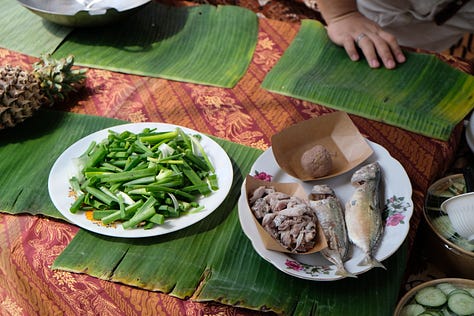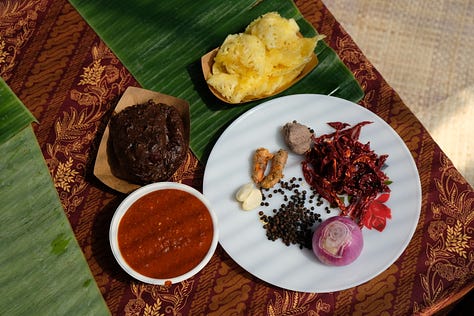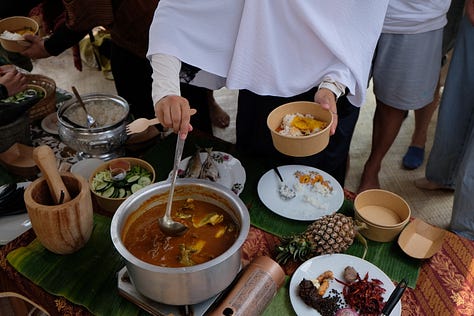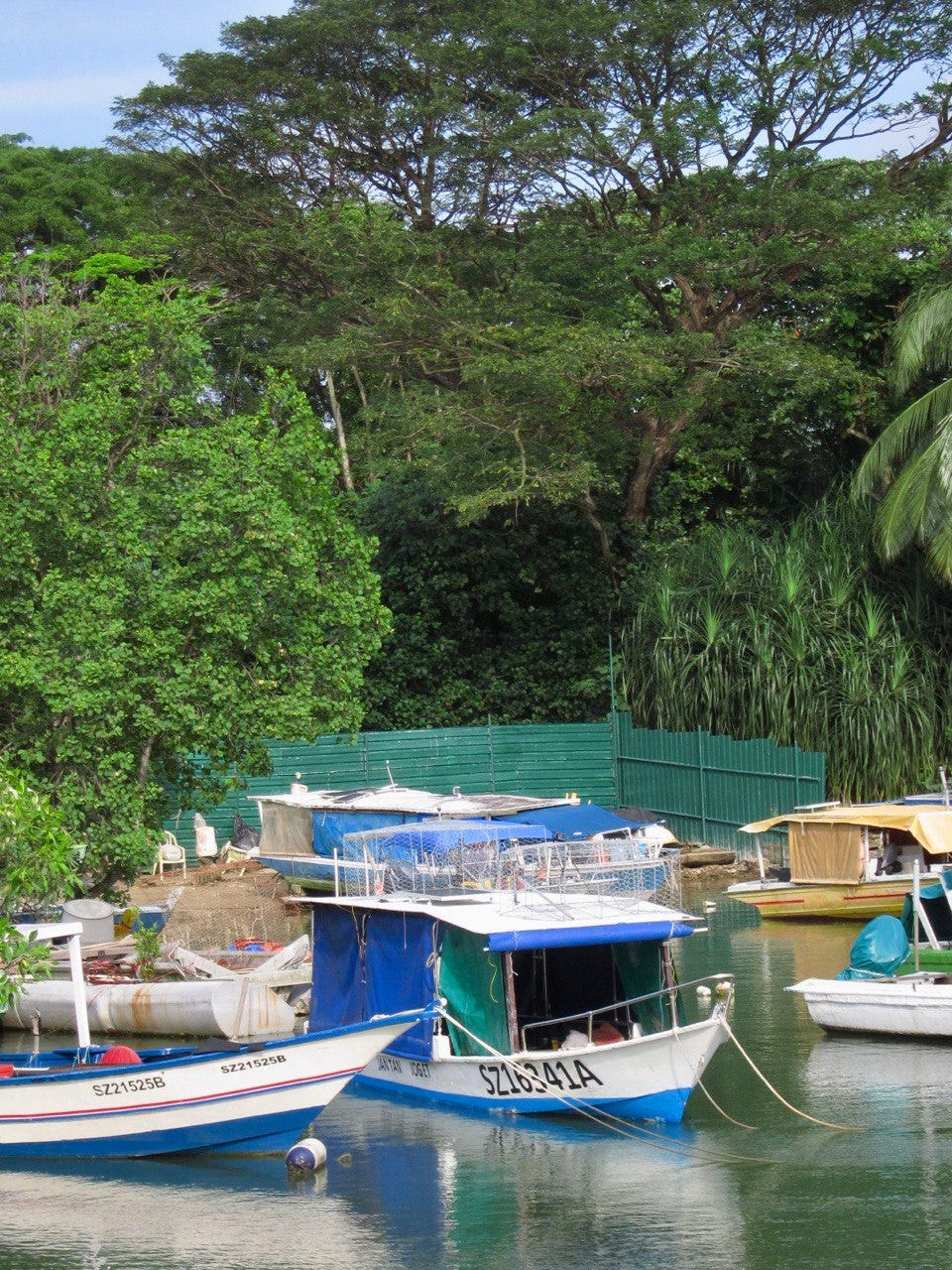Whose islands, whose maps, whose future?
What the latest Draft Masterplan could mean for the spaces we hold dear
Once, our team was speaking with Cik Am at the community space in West Coast Park when he picked up a branch to sketch a map of Pulau Sudong out on the dusty ground. In memory, he explained, Sudong is a tiny island surrounded by an extensive reef, once rich with marine life. Today, reclamation works to accommodate a military runway has expanded the island but shrunk its reef — a loss palpable to fishermen and Orang Pulau who know the waters intimately, yet perhaps unrecognised by others who map our islands in land area and square feet.
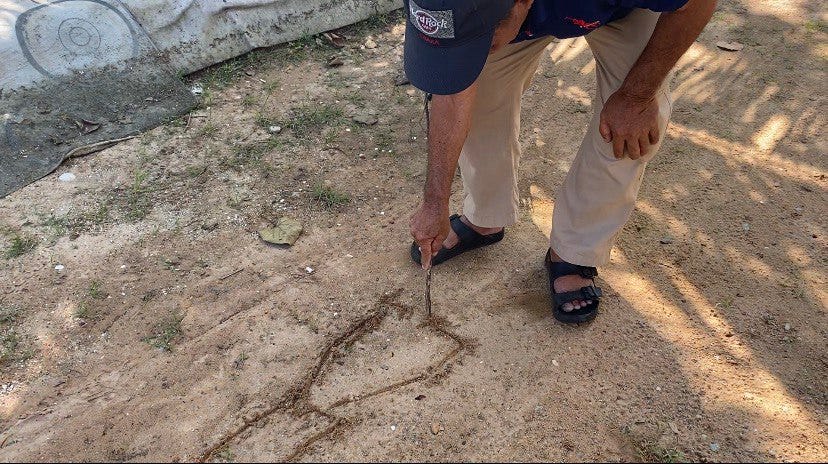
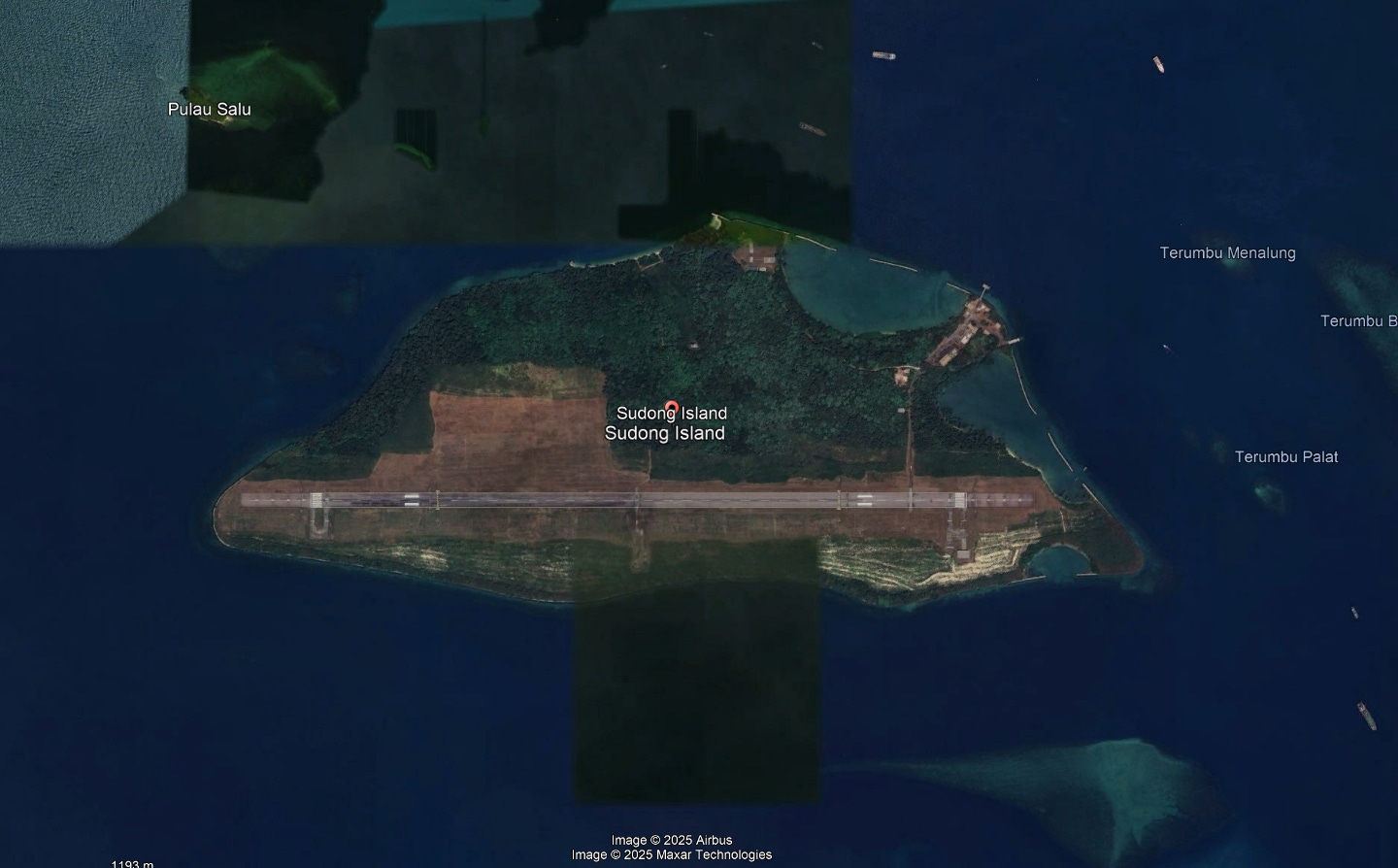
In many ways, Pulau Sudong reflects Singapore’s broader developmental story. Told constantly how scarce our land is, we smother our reefs with sand, building entire towns on bloated coastlines; swathes of land are acquired and buildings demolished, almost feverishly, only to be rebuilt taller and narrower.
No doubt land is important to any city. But in this anxiety to reclaim, redraw, and reorganise the map, what do we risk overlooking? For the Orang Laut and Orang Pulau community, Singapore has always been a nation of islands, shaped as much by the land as it is by sea. More than an absence waiting to be filled or an economic opportunity, the sea is a living space full of meaning and memory. On the mainland, spaces for the community have also been carved out as places to gather, share stories, and pass down ways of life that have been otherwise eroded.
Much of our land and seascapes have already been reshaped over the decades, and at the end of last month, the Urban Redevelopment Authority (URA) released the 2025 Draft Masterplan, which lays out the proposed plans for further developments over the next 10 to 15 years, including where potential housing, green spaces, or heritage sites might be.
This Draft Master Plan is based on the broader Long-Term Plan, which looks ahead 50 years. Unlike the Long-Term Plan, the Master Plan will eventually be legally binding, setting zoning rules that determine what can and cannot be built in each area. As the current draft is open to feedback, we’ve been following the thoughtful responses shared by others on what this plan means for the places that are significant to them and would also like to reflect on four parts of the Draft Master Plan we’re watching closely — and why they matter to our community.
The future of West Coast Park
As some of you may know, West Coast Park holds special significance to our community. Historically, it was an embarking point from which both the Orang Pulau and mainlanders would travel by sampan to and from the Southern Islands. Following relocation, many Orang Pulau resettled to areas near Pasir Panjang, such as Telok Blangah, hoping to stay close to the Southern Straits and Islands deeply familiar to them. Former Islanders who held onto ownership of their sampans and associated licenses obtained permission to dock along a strip of beach at the park, although some eventually sold their boats due to upkeep costs or difficulties passing on their licenses to younger family members.
Today, approximately 30 sampans belonging to former Southern Islanders remain docked at the space. It has also become an important gathering point where community members can meet old neighbours now scattered across the mainland, or practice fading maritime traditions like weaving bubu fish traps. With each other, they speak a form of Malay with a distinct sing-song quality. This dialect includes a myriad of terms to describe species of fish and molluscs, some which may appear nearly identical to outsiders, but are distinguished by subtle differences only those familiar with island life can recognise.
The depth of this culture and knowledge can never (and should never) be fully captured in archives or museum displays. It is embodied and experiential, nurtured through time spent with one another, in close relationship with the surrounding land and seas. A shared space is crucial for stories to surface naturally, where hands can learn by doing, and where younger generations can observe, ask, and grow into their heritage. Without this space, much of this culture risks slipping away.
Currently, the community space is leased under a Temporary Occupation License (TOL), and the number of active fishermen from the community dwindled slowly due to difficulties in transferring mooring spaces to younger folks. In the past, there have also been complaints that the boatel appeared “unsightly” and marred the park’s image, and Orang Pulau boatmen have on occasion been asked to move to other boatels as far away as East Coast Park.
The hard truth is that development plans have rarely boded well for the community. With the Greater Southern Waterfront — a massive project spanning 30km from Marina East to Pasir Panjang — on the horizon, our team has been anxious to ensure that the community space will be recognised, conserved, and potentially even expanded. We have been in talks with the Ministry of National Development (MND), particularly Minister Desmond Lee, who formerly led the Ministry and continues to serve as the MP for West Coast GRC, who affirmed during Hari Orang Pulau in June that an inter-agency work group will be set up to support heritage conservation plans for the community.
In the Draft Masterplan, we are (cautiously) heartened to see that West Coast Park has been designated as a “Destination Park” with a focus on maritime heritage, as this presents a crucial opportunity to support the continued presence of Orang Pulau culture along this coastline.
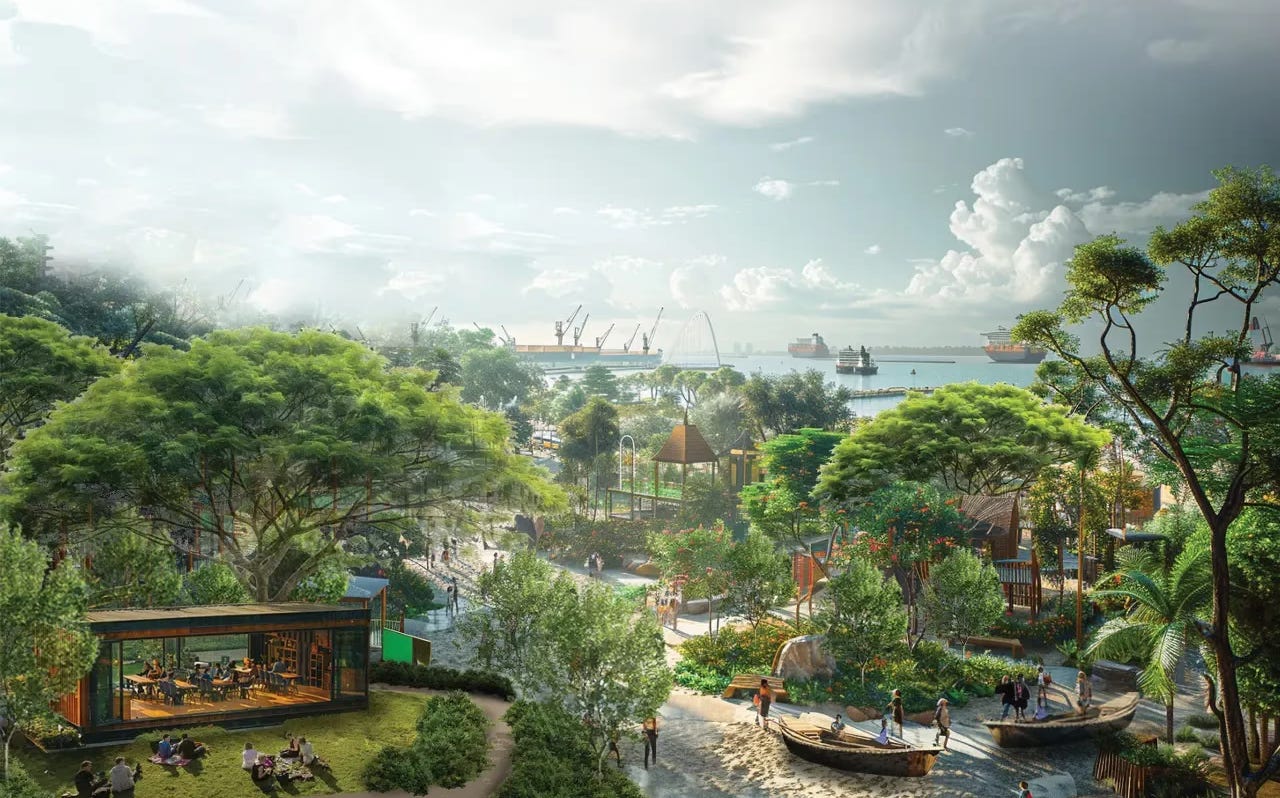
We hope to continue conversations with MND, other Ministries and the wider community to shape recommendations for the park’s future. Here’s some of what we hope to see:
Recognition of existing community space as a permanent site dedicated to the Orang Pulau, ensuring that this culturally significant site continues to serve as a living hub for future present and future generations
Heritage markers: Interested Orang Pulau community members could be consulted for the development of signboards, markers, or installations across the park to share the deep history, stories, and traditions of the community and recognise their role and long-standing presence in the area
Spaces for lived practice and intergenerational learning: Areas where skills and practices such traditional crafts, fishing techniques, or boat building can be demonstrated or taught, especially to younger Orang Pulau descendants
NParks is currently collecting public feedback on the future of West Coast Park as part of the Southern Parks Enhancement Plan. If you share our beliefs and would like to show your support for the community, we invite you to do so here.
Land reclamation along Changi’s coast
We also share the concerns of environmentalists about plans to reclaim 193 hectares off Changi to build a future aviation park. The area is home to a rich intertidal ecosystem that draws visitors hoping to spot nudibranchs, octopi, sea anemones, and other marine life. In a widely supported petition, Neo Xiaoyun and Julian Paul Lee called for the project to be scaled down and for the protection of this ecologically sensitive coastline. Alongside their environmental concerns, they questioned the use of non-disclosure agreements (NDAs) that limited access to environmental impact assessments (EIAs) and discouraged public dialogue.
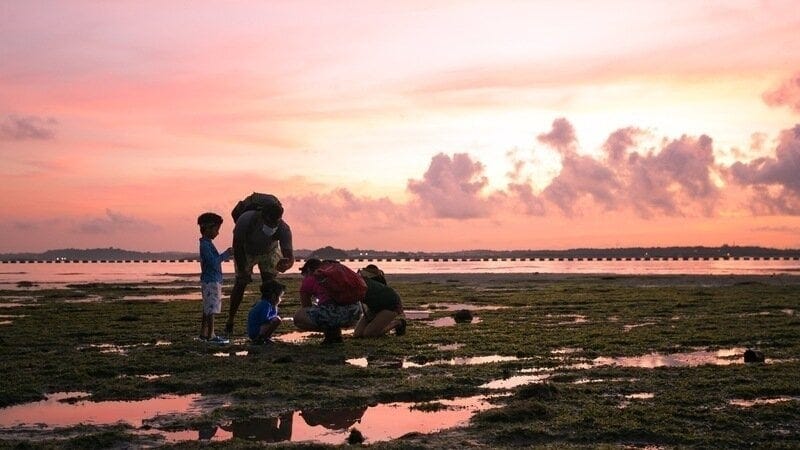
While HDB and URA have since responded to clarify that the commonly visited intertidal zones at Carparks 6 and 7 won’t be affected, and that NDAs are only used to address national security considerations, Xiaoyun pointed out in a follow-up article that confidentiality agreements are ultimately worded in such a way that “creates a chilling effect that dissuades meaningful civic engagement”. Her words echo those of experts in the field of environmental law, who explain that public consultation is meant to be a central part of the EIA process, ensuring that decisions reflect diverse viewpoints to better safeguard our natural heritage. EIAs bound by confidentiality agreements run counter to this intention, as it becomes hard for communities to take part meaningfully. Ideally, EIAs should be shared early, written in plain language, and made available in different languages so more people can understand and take part.
Beyond the Changi coastline, land reclamation and sedimentation can have far-reaching effects across marine ecosystems. In the past few decades, for instance, fishermen from the community have observed how various port and coastal developments have contributed to a shrinking catch. We support calls for greater transparency and consultation processes with local communities who are deeply familiar with and depend on these spaces for their livelihoods, culture, or traditions. Their knowledge and concerns should not be an afterthought but built into the heart of environmental and urban planning.
Island hopping (and more?) in the Southern Islands
The Draft Masterplan also spotlights a few of the Southern Islands, which will soon offer ecotourism experiences: Pulau Subar Darat (Little Sister’s Island), Pulau Subar Laut (Big Sister’s Island), Pulau Seringat and Sekijang Pelepah (Lazarus Island). Additionally, plans for a new marine park at the Lazarus South-Kusu reef aim to protect the marine environment while offering opportunities for nature-based activities.
These islands make up part of the Southern Islands Planning Area, which has long been earmarked for development, as planners lauded qualities such as its “unspoilt natural environment”, “island ambience, free from vehicular traffic”, and proximity to the mainland’s city centre. The 1996 Planning Report also details strategies to, for instance, “provide Singaporeans with an alternative lifestyle by establishing high quality waterfront communities” and to “optimise the opportunity for future coastal development through strategic land reclamation”.
These early analyses emphasise the need to keep land uses “sympathetic to the natural character of the existing environment” and briefly acknowledge the cultural significance of islands like Kusu Island, which is a popular pilgrimage destination. However, there was a jarring lack of recognition for the coastal communities who once called these islands home.
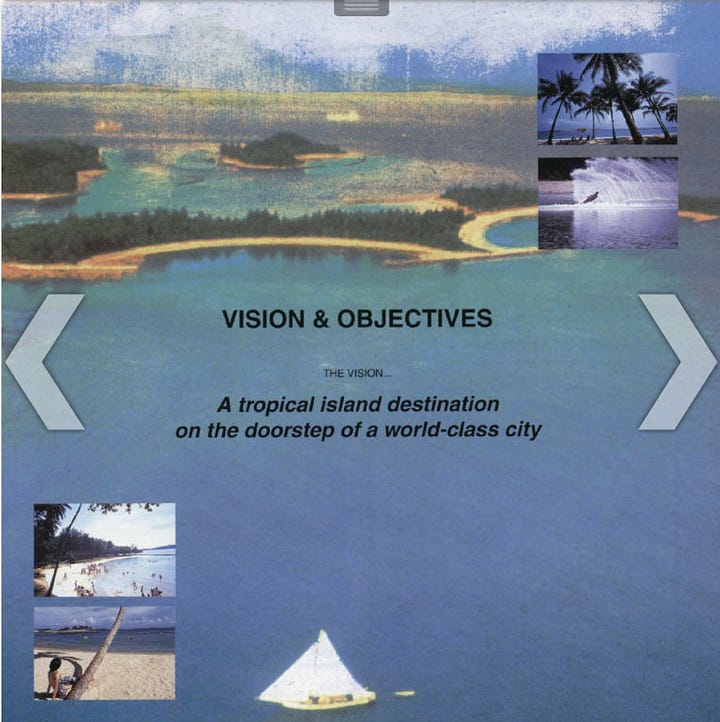
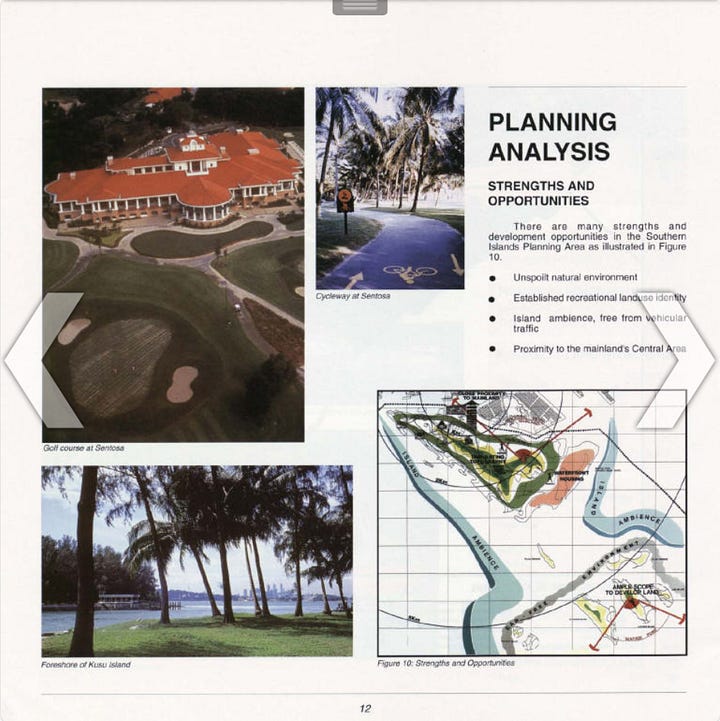
Research from scholars like Dr Hamzah has traced the presence of these communities, such as the 251 residents who lived on Pulau Sekijang Pelepah, as recorded in the 1957 census. Oral histories from Orang Pulau recall about 40 Malay families – many with ties to the Indigenous Orang Laut living there from the 1950s to 1970s. Similar communities existed on neighbouring islands like Pulau Semakau, Sudong, and Seking.
Today, while we appreciate the natural beauty of these islands, it can be painful for former islanders to see places filled with memories of daily life and community painted only as “idyllic getaways”. Moreover, some Orang Pulau continue to fish in the surrounding waters, and in some cases, their activities are deemed illegal when they enter marine protected zones – zones drawn over the same spaces their families have depended on and taken care of for generations.
Instead of alienating these communities, we wish to see the opening up of these islands to the public as an opportunity to intentionally and actively include the Orang Laut community. With their deep knowledge of the islands, reefs, biodiversity and cultural heritage, they are well positioned to offer valuable perspectives on the stewardship of these spaces. Their insights should not only be respected but also valued in ways that create tangible returns – through, for instance, opportunities to share their stories, shape programmes, or earn a livelihood from their expertise, should they wish to do so.
A city that cherishes – whose past?
One of the themes of the 2025 Draft Masterplan is “A City that Cherishes its Past”. For the URA, there is a focus on built heritage and how certain buildings “illustrate the nation’s story across different themes of Economy, Housing, Social and Defence”. It is accompanied by a timeline of significant sites, but it only begins in the 1800s, charting Singapore’s development as a British colony onwards.
What determines what is conserved and redeveloped? Our national authority on heritage protection is the Preservation of Sites and Monuments (PSM) division under the National Heritage Board, guided by the Preservation of Monuments Act. Prior to 2021, only buildings and ruins were eligible to be considered as a “monument”, before an amendment was made to expand the definition to include “any site”, such as open spaces or inland waters.
While this shift is promising, we hope to also see recognition of our island’s deeper history – one that stretches far beyond the 1800s lives on through our stories, spaces, and people today. As decisions are made about what is worth protecting for future generations, we hope that the living histories of our community can be meaningfully supported and included in our evolving cityscape.
What we’ve been up to:
This month, we were invited to participate in the inaugural Regen Asia Summit (RAS) 2025, held from 4 to 5 July at the National University of Singapore. This youth-led summit gathered changemakers, industry experts, and students from across Southeast Asia - many proudly dressed in vibrant ethnic wear - to explore the theme “Intergenerational Collaboration for Regeneration.”
Orang Laut SG co-led a workshop alongside Sophia Aye Aye Aung, Co-founder, Shecreates Myanmar and Kokkoya Organics - titled “Inheriting the Future: Youth, Culture & Creative Renewal,” which delved into how youth innovation and creative storytelling can regenerate cultural heritage.
At the NUS-AUN Summer Programme 2025, we piloted our Ethical Research & Storytelling workshops at the Asian Undergraduate Symposium on Interconnected Communities. Heritage & Culture, Diversity, Equity & Inclusion, and Environment & Sustainability all closely aligned with the work we do, we took the students through our approach to community-based research - where the students would come up with an ethical approach on how to respectfully engage an underserved community. The students did an amazing job, pulling insights from their own experiences and diverse contexts to contribute to the board!
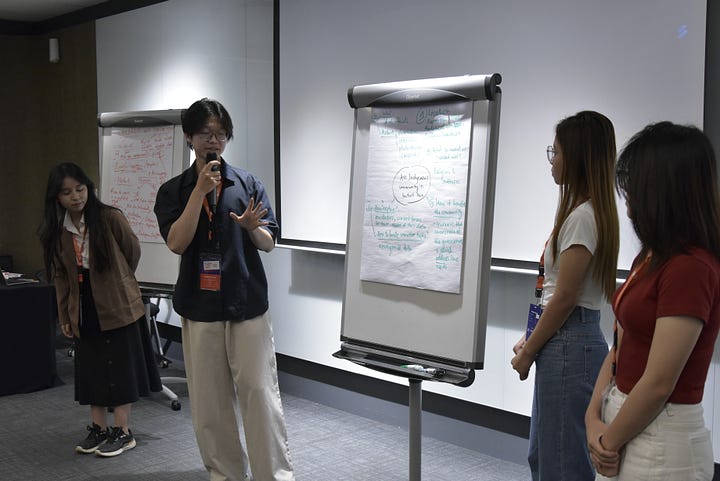
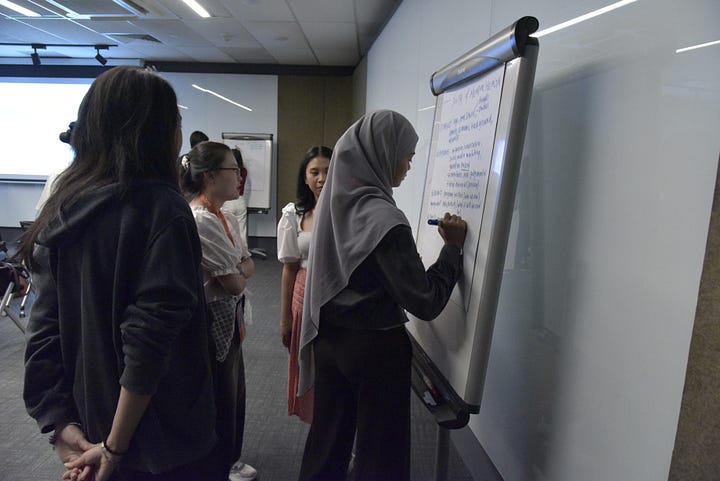
We hope to be able to conduct our Ethical Research & Storytelling workshops again to various partners in education, corporate or non-profit sectors. Do reach out to us if you wish to bring our workshops to your organisation! :)
We also went on a day trip to the intertidal zone of Pulau Jong!
Pulau Jong is a tiny little island, where the intertidal area extends more than 5x the size of the island itself. Off the coast you see Pulau Sebarok and Pulau Semakau, both of which are restricted areas.
It is one of the last remaining natural islands in Singapore, and we were able to witness a teeming reef with a great many of sea anemones, nudibranchs, the infamous Bobbit Worm, and even a black tip reef shark! We also saw many siput lolak, umang-umang, burung pekaka, and a few monkeys on the small island.
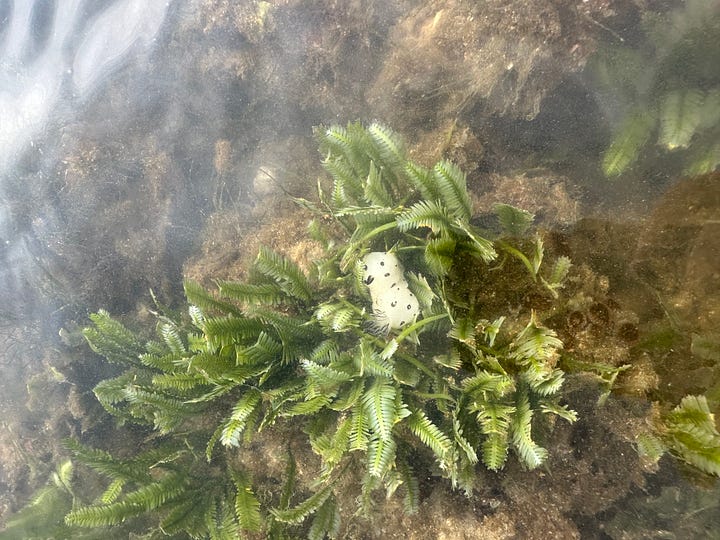
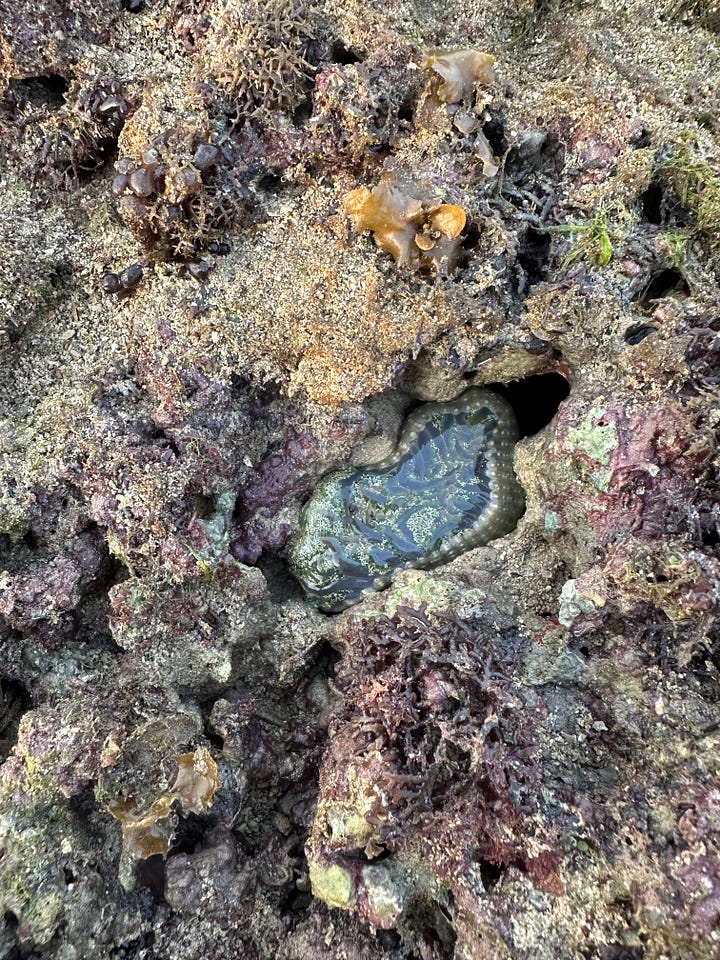
Pulau Jong was colloquially called "Tengah-Tengah" by the community, being triangulated right in the middle of Semakau, Seking and Sebarok. Stories were shared among us, over how we heard the islanders foraged for food, and lived on the islands. With the stillness and proximity of the islands, some of us remembered a story of how when one pulau was celebrating, the music would dance over the waters, inviting the islanders from other pulau to sampan over and join the party.
What’s up next for us!
This weekend, join us for the revival of the Jong Regatta on 2–3 August at the National Sailing Centre - free and open to all!
The Jong Regatta is led by Cik Fawzi, who grew up on Pulau Sekijang Pelepah (Lazarus Island). The Jong is a miniature, wooden, unmanned racing boat, modelled after the “Kolek”, which is still practiced in islands adjacent to Singapore- in the Riau Archipelago ancient maritime traditions brings to life the rich heritage of the Orang Laut and Orang Pulau communities through traditional boat races, storytelling, and culture.
Alongside the Pesta Sukan Jong Regatta, Orang Laut SG will be adding on more aspects of the Orang Pulau culture - exploring the heritage and stories of Orang Laut and Orang Pulau communities in Singapore. The session will be accompanied by a short interactive activity involving ingredients that are culturally significant to the community.
Sign up here to soak in the breeze, stories, and flavours of the islands!
For those with little ones, we have been mentoring a group of SUSS students to put together an exciting family-friendly programme at West Coast Park — perfect for little ones aged 6-11!
This hands-on session is all about getting curious, having fun, and diving into the rich heritage of the Orang Laut. Kids (and grown-ups too!) can learn to tie seafarer knots, craft their own mini boats from coconut husks, and discover island life through interactive activities designed to spark imagination and learning.
Lastly, if you’ve always wanted to taste our islander heritage, we’ve opened up orders for Mak Ni’s lovingly prepared Southern Islander cuisine again, every weekend.
